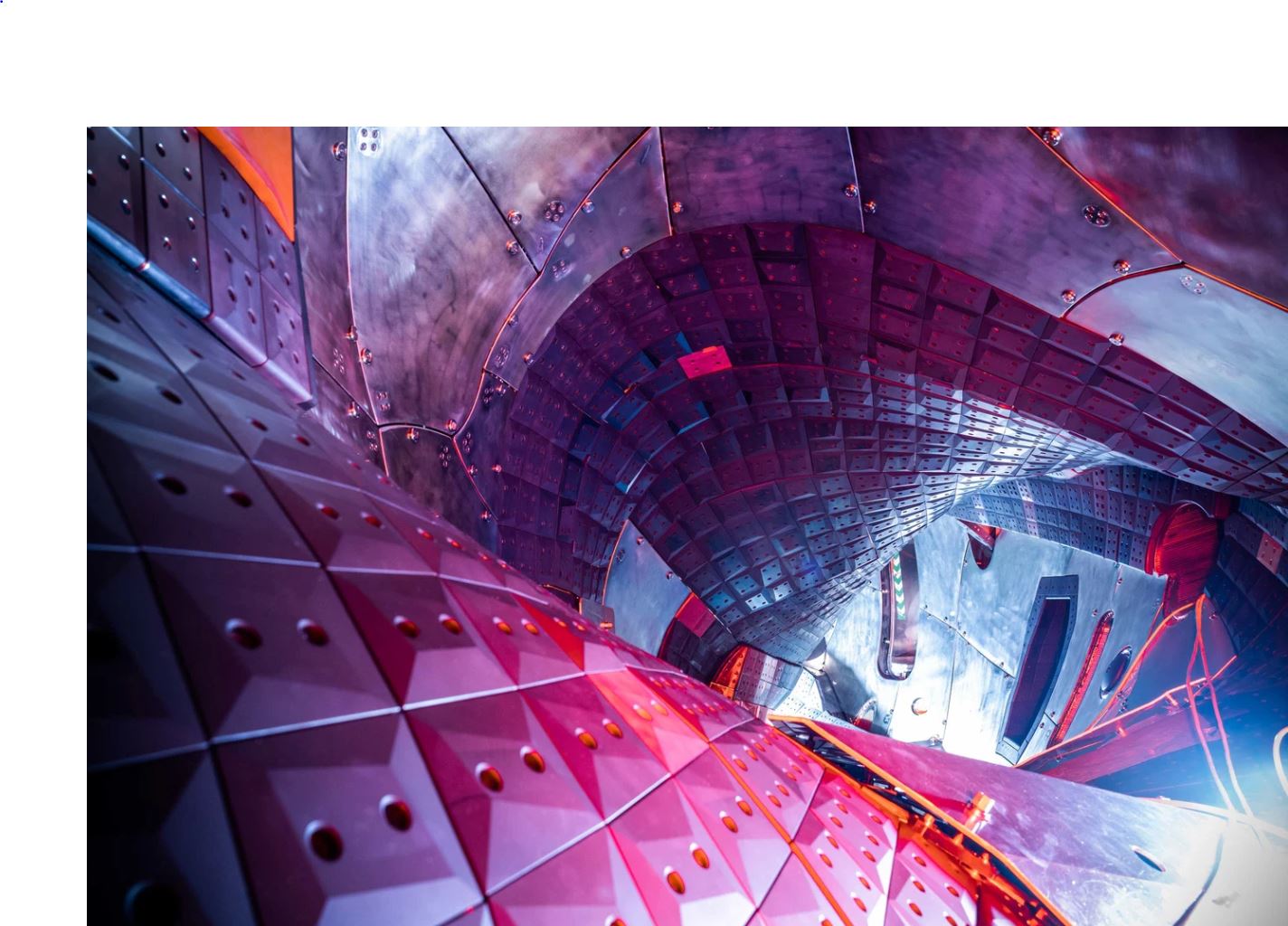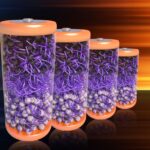 When fusion research makes a leap forward, it benefits us all. In Greifswald, Germany, the Wendelstein 7-X stellarator reached a new landmark by sustaining a triple product—a vital measure of plasma density, temperature, and confinement time—that has long eluded previous experiments.
When fusion research makes a leap forward, it benefits us all. In Greifswald, Germany, the Wendelstein 7-X stellarator reached a new landmark by sustaining a triple product—a vital measure of plasma density, temperature, and confinement time—that has long eluded previous experiments.
Unlike the more common tokamak, which depends on a plasma current, the stellarator’s inventive design uses intricate magnetic fields to contain superheated plasma. This approach not only enhances stability but also opens up exciting possibilities for continuous energy production.
On May 22, at the close of its OP 2.3 campaign, the team held this record-setting triple product for a striking 43 seconds. This performance bumped past records previously set by Japan’s JT60U and the UK’s JET, marking a meaningful refinement in magnetic confinement fusion.
A state-of-the-art hydrogen pellet injector, developed by Oak Ridge National Laboratory, played a crucial role by delivering nearly 90 frozen hydrogen pellets into the plasma. Simultaneously, powerful microwave beams heated the plasma via electron cyclotron resonance, ensuring the right balance between fuel and energy input.
Other campaign milestones include elevating the total energy turnover to 1.8 gigajoules during a 360-second plasma run—up from 1.3 gigajoules—and achieving a plasma-to-magnetic pressure ratio of 3%, getting close to the 4–5% mark needed for commercially viable fusion power.
This breakthrough is rooted in extensive international collaboration. From simulation models crafted by Spain’s CIEMAT and ultra-fast cameras provided by Hungary’s HUN-REN Centre, to the microwave heating system from the Karlsruhe Institute of Technology and the University of Stuttgart, the project exemplifies global teamwork. Additionally, diagnostic tools from Princeton Plasma Physics Laboratory captured plasma temperatures soaring above 30 million degrees Celsius.
These robust results not only confirm theoretical predictions but also demonstrate the stellarator’s real-world capability for sustained, high-performance plasma operation. If you’ve ever followed fusion research with a mix of hope and skepticism, this achievement offers a concrete step toward safe, clean, and sustainable energy.








